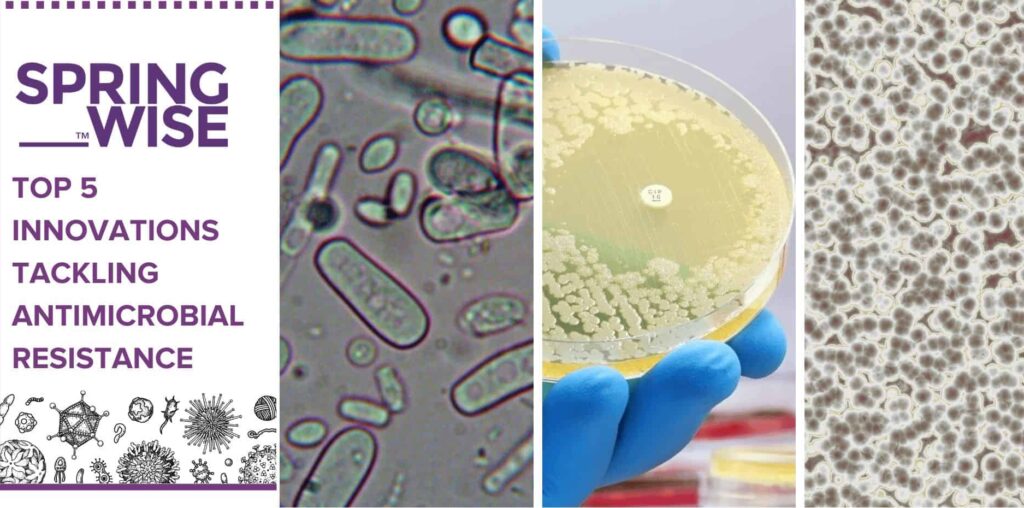Next week (beginning the 18th November) is World Antimicrobial Awareness Week. Overseen by the World Health Organization (WHO), this global campaign is intended to raise awareness of what the WHO calls “one of the top global public health and development threats.” To mark the occasion, we’re delving into our innovation library to highlight some of the ways innovators are addressing this issue.
What is antimicrobial resistance?
Pathogenic microbes, including bacteria, viruses, parasites, and fungi, can change over time, becoming more resilient to previously effective medicines. This process is known as antimicrobial resistance (AMR), and it makes diseases harder to treat. AMR is a natural phenomenon, being the consequence of evolution and genetic changes. However, it is being accelerated by human activities, particularly the misuse and overuse of antibiotics to treat illness in animals, plants, and, of course, humans.
What is the impact of AMR?
The Global Research on Antimicrobial Resistance (GRAM) Project, a partnership between Oxford University and the Institute for Health Metrics and Evaluation, is focusing on the impacts of AMR. In September this year, it published the first ever comprehensive analysis of AMR trends over time. This found that AMR has caused at least one million deaths per year since 1990, and that rates of drug-resistant infection are expected to increase significantly in the coming decades. In fact, the study forecasts that global deaths will reach 39 million between 2025 and 2050.
How are innovators tackling antimicrobial resistance?
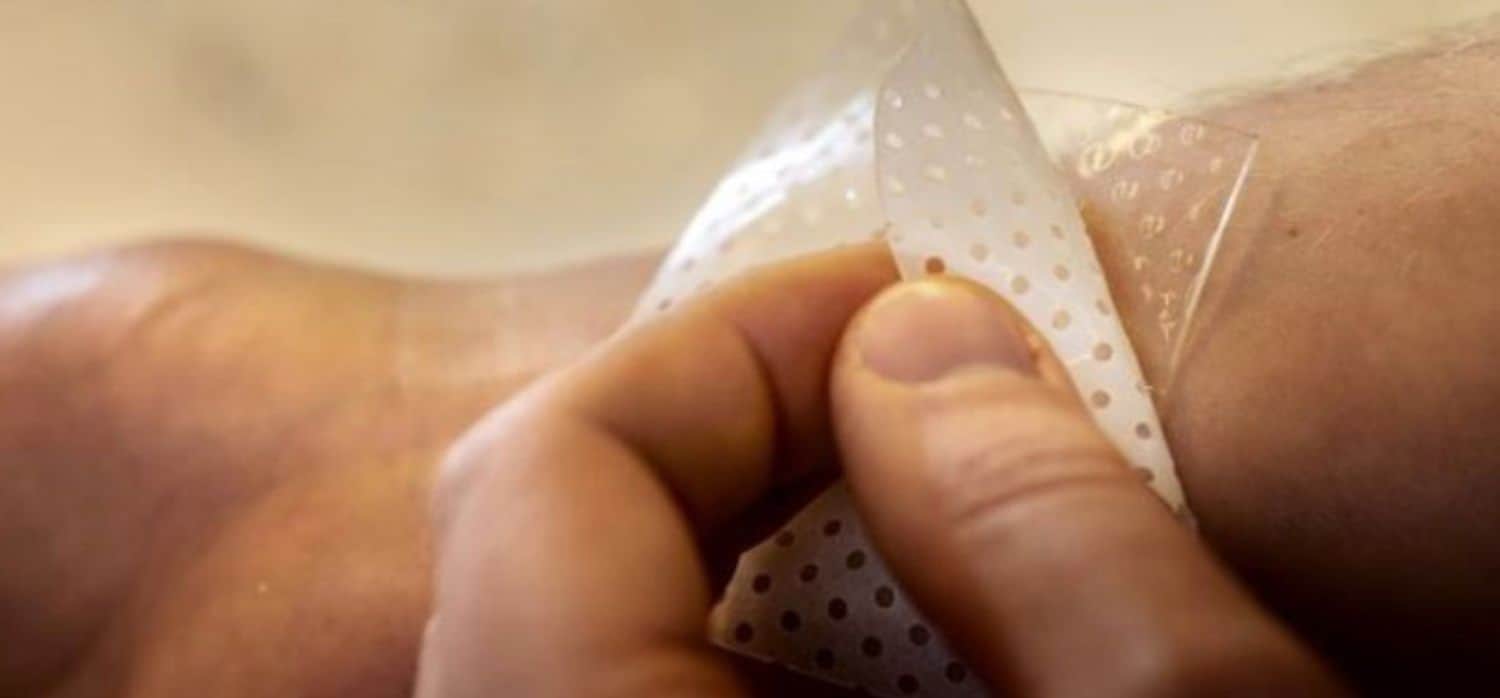
Photo source Amferia
Hydrogels tackle antimicrobial resistance
One way to fight AMR is to create new antibacterial drugs, which is what Swedish company Amferia is working on. Drawing inspiration from the body’s natural immune system, the startup uses antimicrobial peptides, which have a positive electrostatic charge, to attract the negatively charged bacteria. These then puncture the bacterial membranes and destroy the cells. In natural biological conditions, the peptides are quite fragile and easily destroyed by enzymes in the human body. Amferia has gotten around this problem by encasing the peptides in a soft hydrogel. This protects them, allowing their bacteria-killing structures to remain active. The company claims that its technology will rapidly bind with and kill up to 99.99 per cent of bacteria on contact, including many strains of antibiotic-resistant bacteria like MRSA. Read more
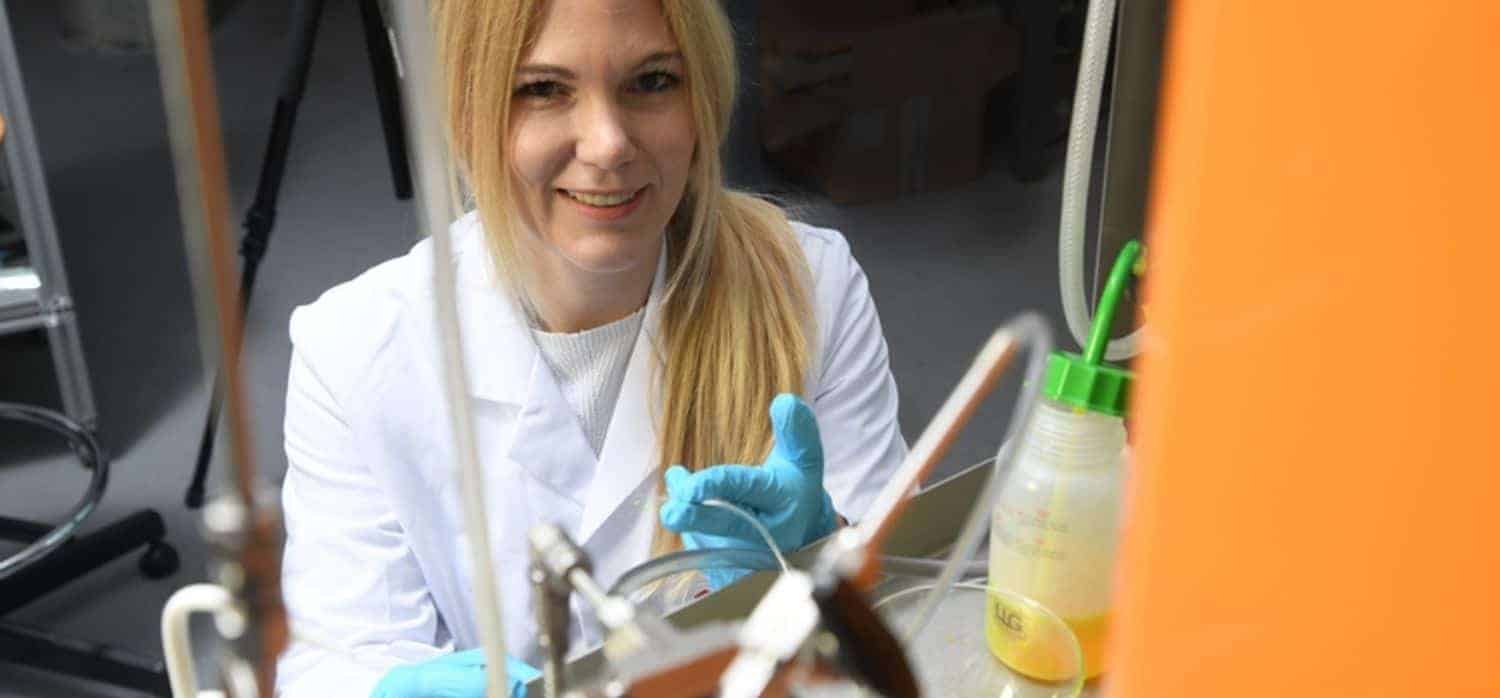
Photo source Empa
Can polymer fibres change the way we treat wounds?
In wound care, there are clear advantages to treating the injury locally – the active ingredient reaches its target immediately without negative side effects on other parts of the body. It could also help to tackle antimicrobial resistance. However, conventional local administration methods can’t deliver precise doses of active ingredients over a long period of time. To address this, a team from the Advanced Fibers laboratory at the Swiss Federal Materials Testing and Research Laboratories at ETH (Empa) is developing novel medical fibres. The fibres are made from a polymer that encloses a liquid core containing therapeutic ingredients. The fibres can be used as surgical suture material, wound dressings, and textile implants and can administer painkillers, antibiotics, or medicines such as insulin precisely over longer periods. Read more
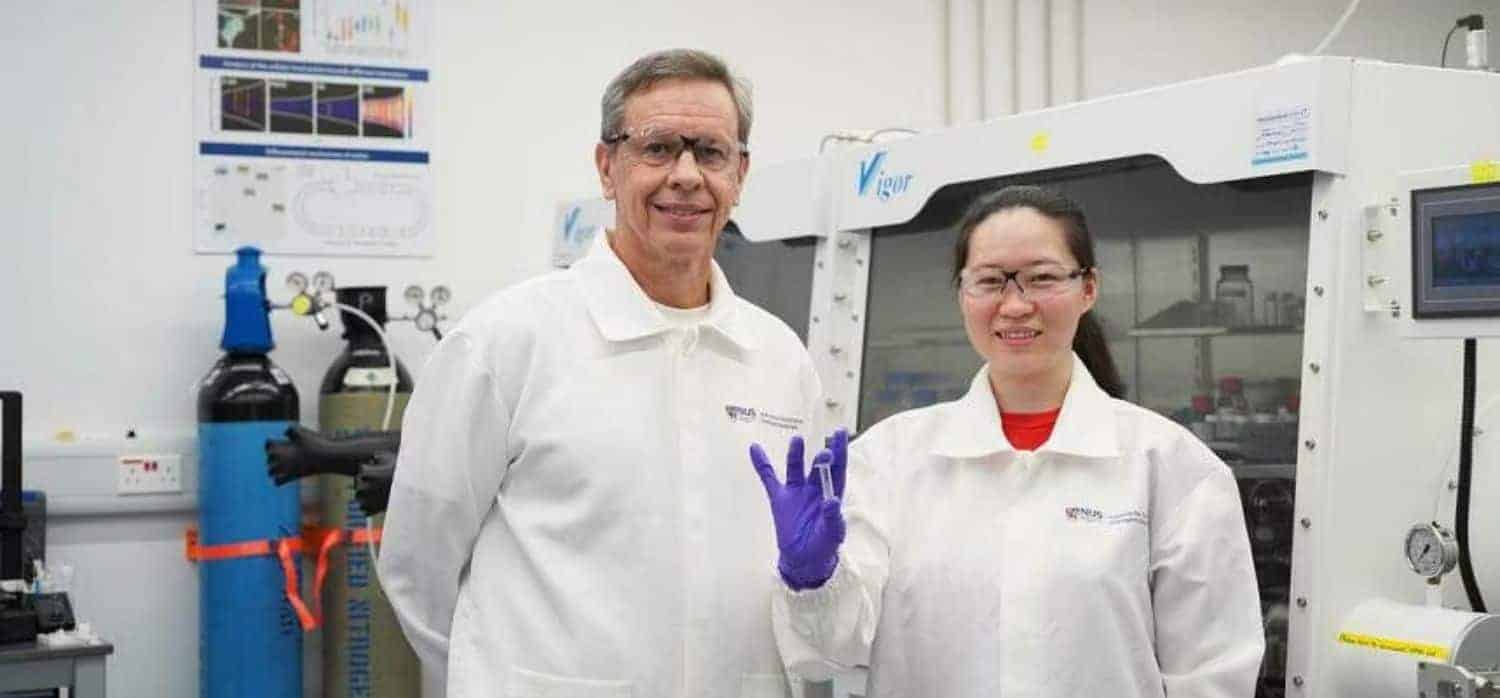
Photo source NUS Institute for Functional Intelligent Materials
A new antibiotic tackles stubborn lung infections
Scientists at the National University of Singapore (NUS) may have made a breakthrough when it comes to fighting Mycobacterium abscessus, a non-tuberculous mycobacteria (NTM) infection that commonly impacts the lungs. Non-tuberculous mycobacteria have extremely thick membranes and are so resistant that they can often survive multiple rounds of treatment. In response, the team at NUS, led by Professor Guillermo Bazan, has designed a new conjugated oligoelectrolyte (COE) based compound called COE-PNH2. Simultaneously, the novel agent damages the mycobacteria’s membrane and obstructs important bioenergetic pathways. Notably, COE-PNH2 tackles both active and dormant bacteria, making it much less likely for any to survive and for a patient to suffer a relapse. In in-vivo studies, COE-PNH2 was shown to significantly reduce bacterial load without triggering the appearance of more resistant bacterial strains. Read more
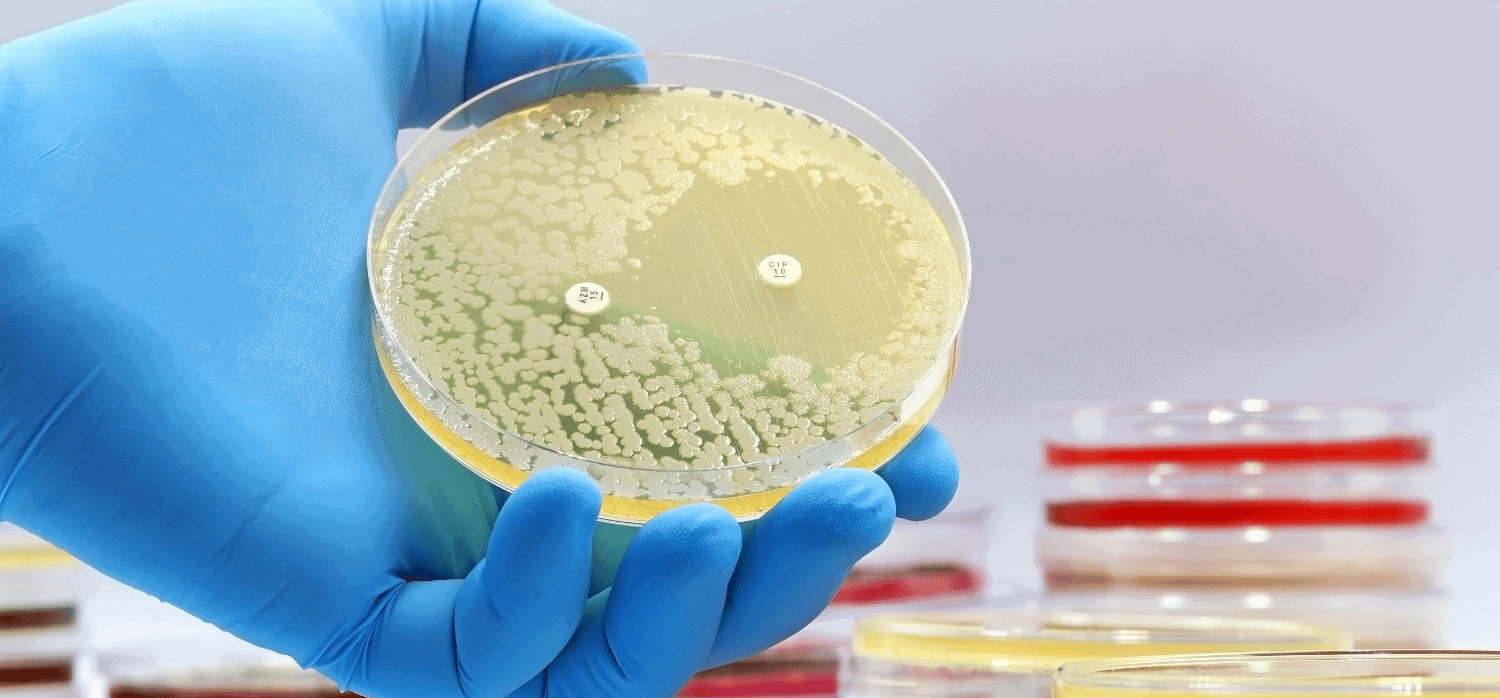
Photo source © TopMicrobialStock from Getty Images via Canva.com
Can we combat antimicrobial resistance with precision antibiotics?
Following a review of 3,000 scientific papers published in the last decade, the WHO has created a priority list of the top 40 most important research topics. The list is meant to help scientists around the world focus their work on the areas needing support to lessen or prevent further AMR. Scottish biotechnology company Glox Therapeutics is building on the vast experience of its founders to create extra strong, targeted antibiotics that target several of the illnesses on WHO’s list of 40. The new antibiotics are engineered to attack only the disease-causing agents and nothing else. This helps reduce a patient’s level of illness during treatment by not further weakening the body. The extremely narrow application of the antibiotics also makes them much more difficult for pathogens to adapt to, which is what helps reduce the risk of further development of AMR. The company’s initial focus is on two pathogens, P. aeruginosa and K. pneumoniae, which cause ventilator-associated pneumonia. The medicines are delivered intravenously. Read more
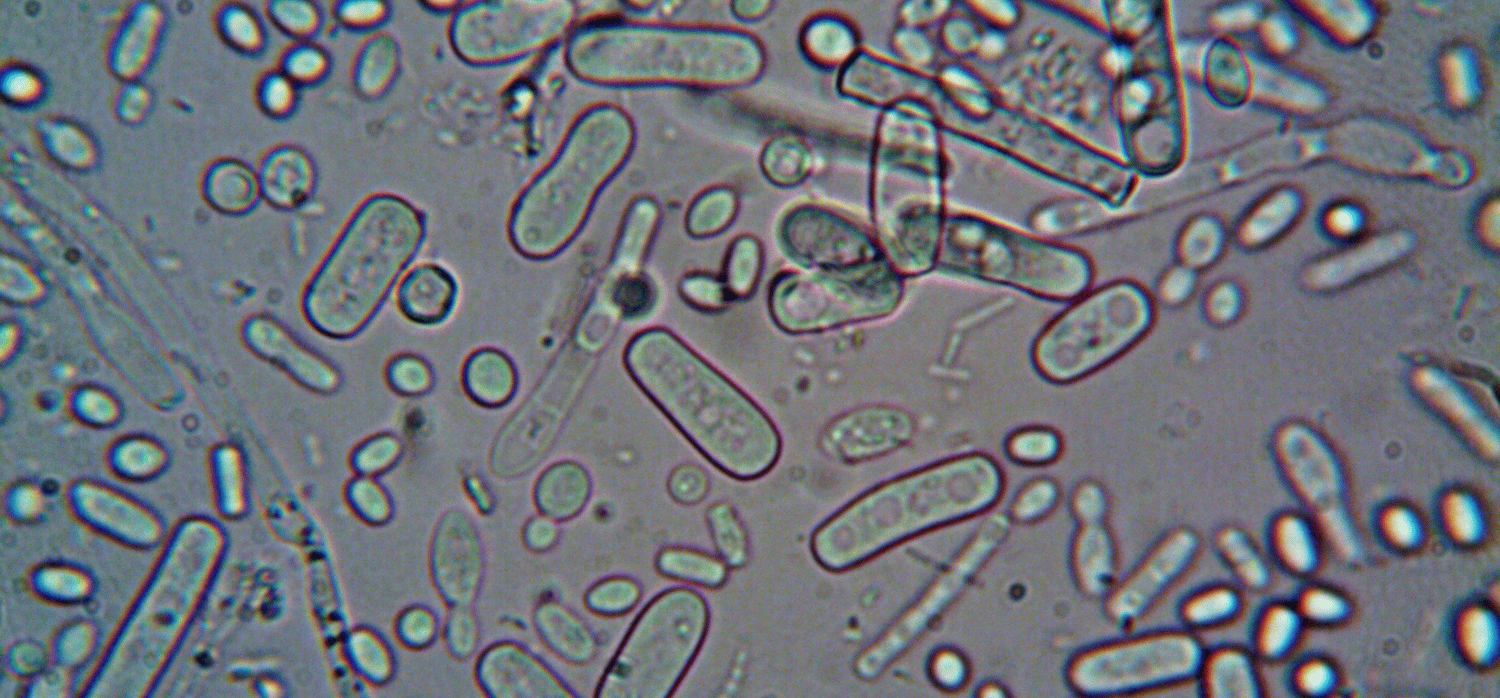
Photo source © turek from Pexels via Canva.com
Tackling harmful bacteria by building a DNA library
One way to reduce resistance is to develop more targeted antibiotics, but this is a lengthy process. Speeding this process up is the problem that startup Solu has set out to help solve. In collaboration with Stanford University and the University of Hamburg, Solu has developed software to better track, analyse, and manage bacterial genomics. Solu provides a platform that includes a “genomics bench in the cloud” for analysing bacterial DNA, a global pathogen database that can match sample DNA to thousands of known strains, and tools for detecting and managing outbreaks. Together, the platform is able to greatly speed up the identification and management of drug-resistant pathogens. Read more
Compiled by: Matt Hempstead
